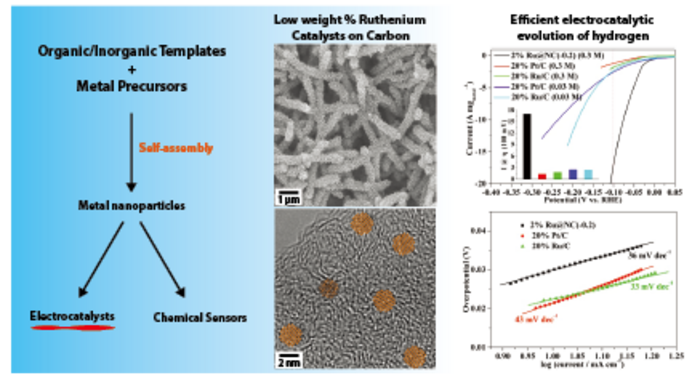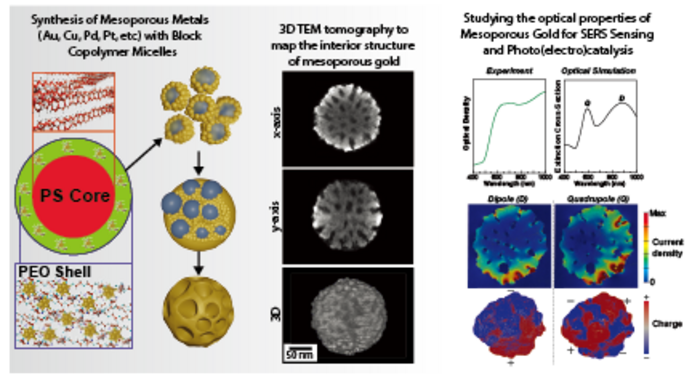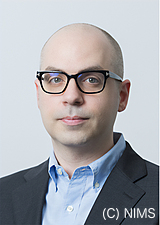- Address
- 305-0044 茨城県つくば市並木1-1 [アクセス]
研究内容
出版物2004年以降のNIMS所属における研究成果や出版物を表示しています。
所属学会
応用物理学会, 日本金属学会
ナノアーキテクトニクス材料研究センター
Functional nanoscale metals
Nanoparticle synthesis, Electrocatalysis, Sensing
概要
• Developing inexpensive methods to organize nanoscale metals.
• Creation of metals with high chemical reactivity due to surface area and crystallographic facets.
• Improving material utilization efficiency of precious metals.
• Measuring and simulating the optical properties of metals.
• Developing shaped metals for optical sensors.
新規性・独創性
• We have shown that mesoporous metals have highly reactive surfaces and serve as high-performance electrocatalysts.
• Mesoporous metals can be alloyed with different transition metals and some nonmetals like phosphorus/boron.
• Porous metals can be assembled on 3D supports to serve as chemical sensors and catalysts.
• Porous metals can interact strongly with light and generate highly localized electromagnetic fields that are capable of driving interesting organic transformations.
内容


We use inexpensive organic or inorganic templates to self-assemble metal precursors in space and transform them into chemically reactive metal nanoparticles with high surface areas and numerous dangling bonds. For example, we created a method to make Ruthenium (Ru) nanoparticle catalysts for the hydrogen evolution reaction (HER). By carefully controlling the nanoparticles in space, we could achieve good HER performance with only a 2% loading of Ru metal.
We develop simple methods to create mesoporous nanoparticles in various noble and coinage metals (e.g., Au, Pt, Pd, Cu, etc.). These metals support plasmon resonances that absorb and manipulate light at the nanoscale. We synthesized mesoporous Au and then developed methods to image their interior structure using electron tomography. Then we input this structure into an electromagnetic solver to study its optical properties. The metal supports strong dipolar and quadrupolar plasmon resonances that we can use to drive photochemical reactions and sense molecules with surface-enhanced Raman spectroscopy (SERS).
まとめ
We are exploring new ways to organize metals with nanoscale precision using wet chemical techniques and then use the resulting structures for electrocatalysis and chemical sensing. We cover all aspects of materials research, from synthesis to structural characterization to theoretical modeling. Achieving high material utilization efficiency is essential to effectively scale methods that require the use of precious metals.

